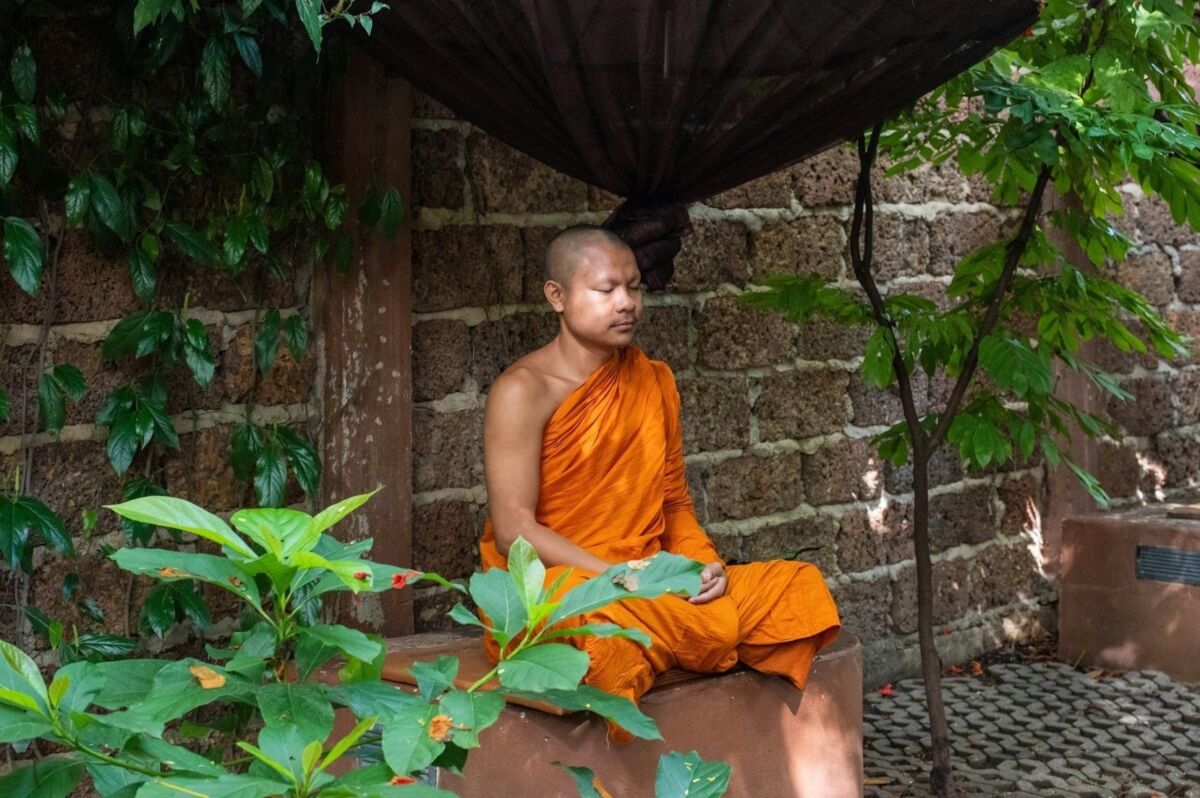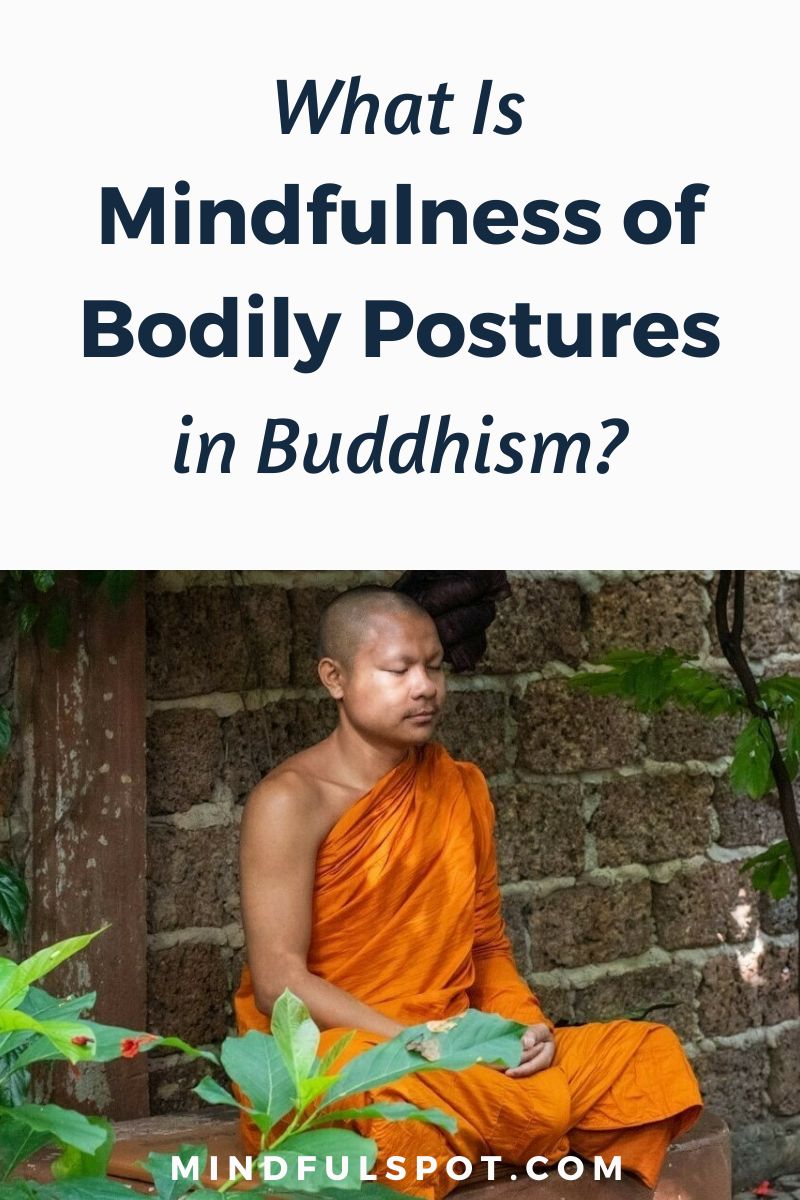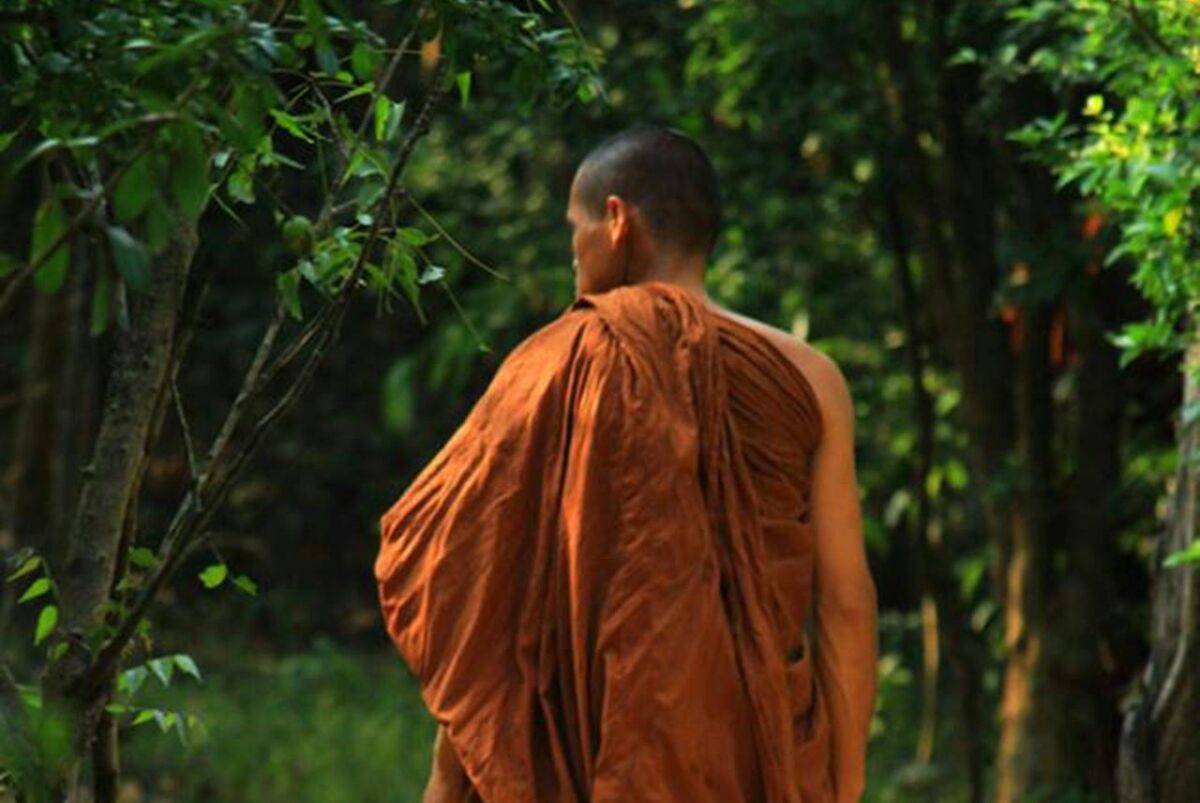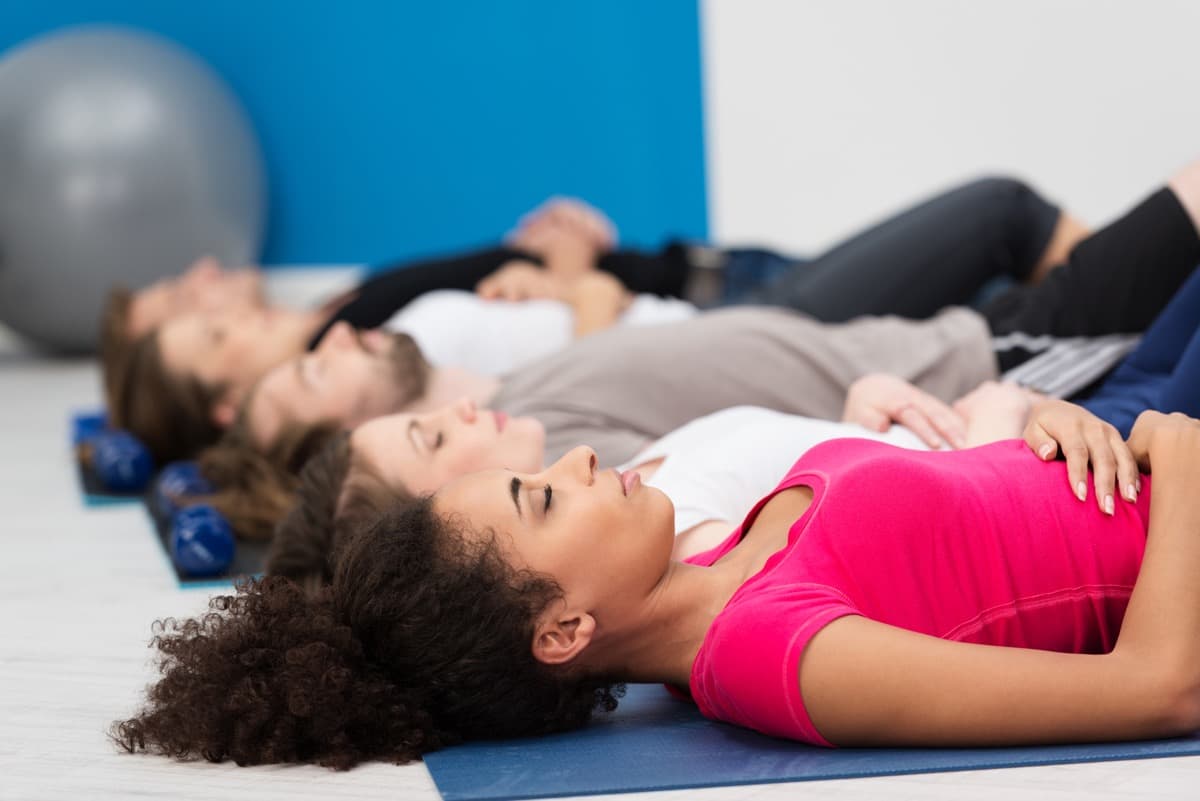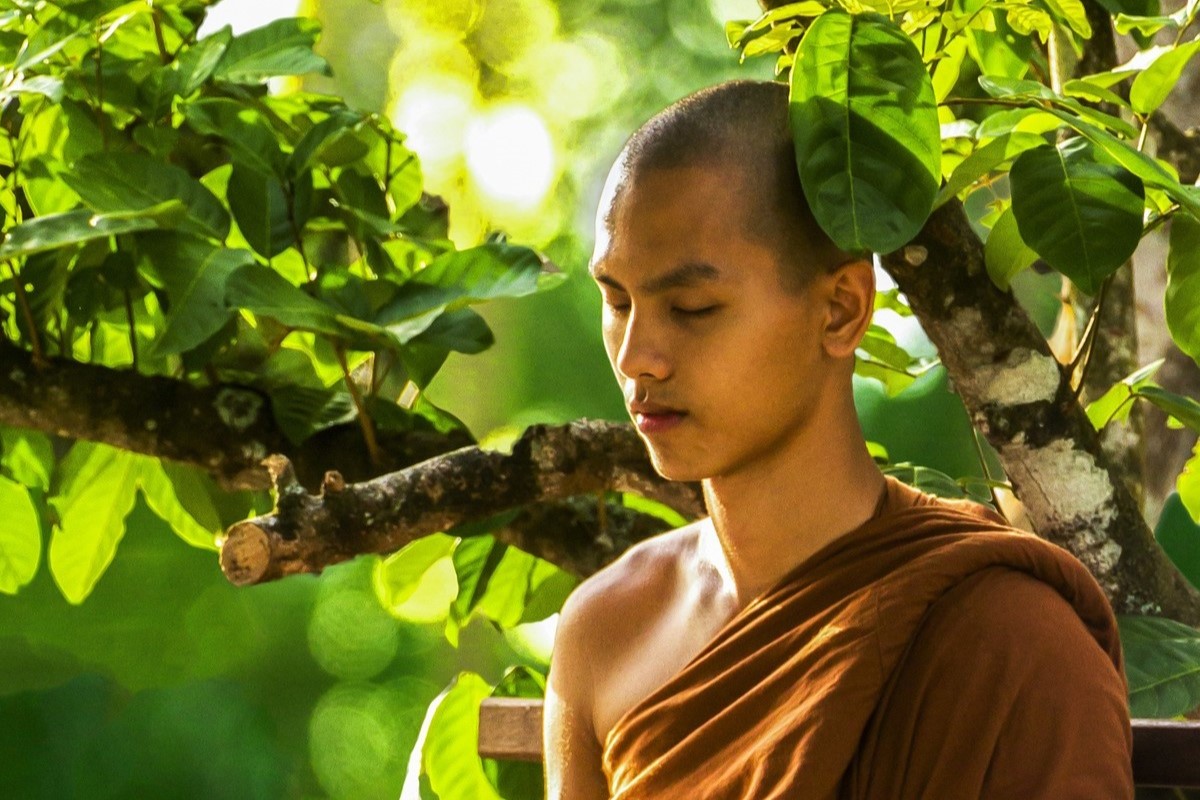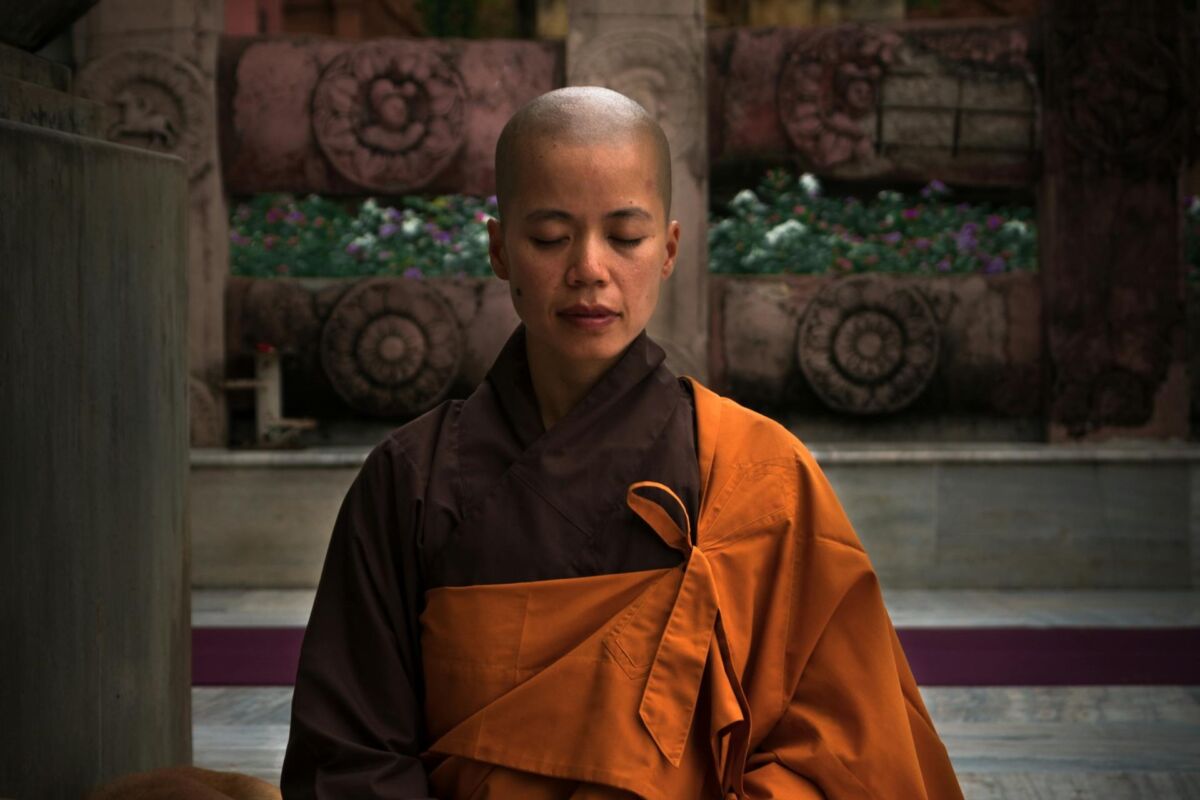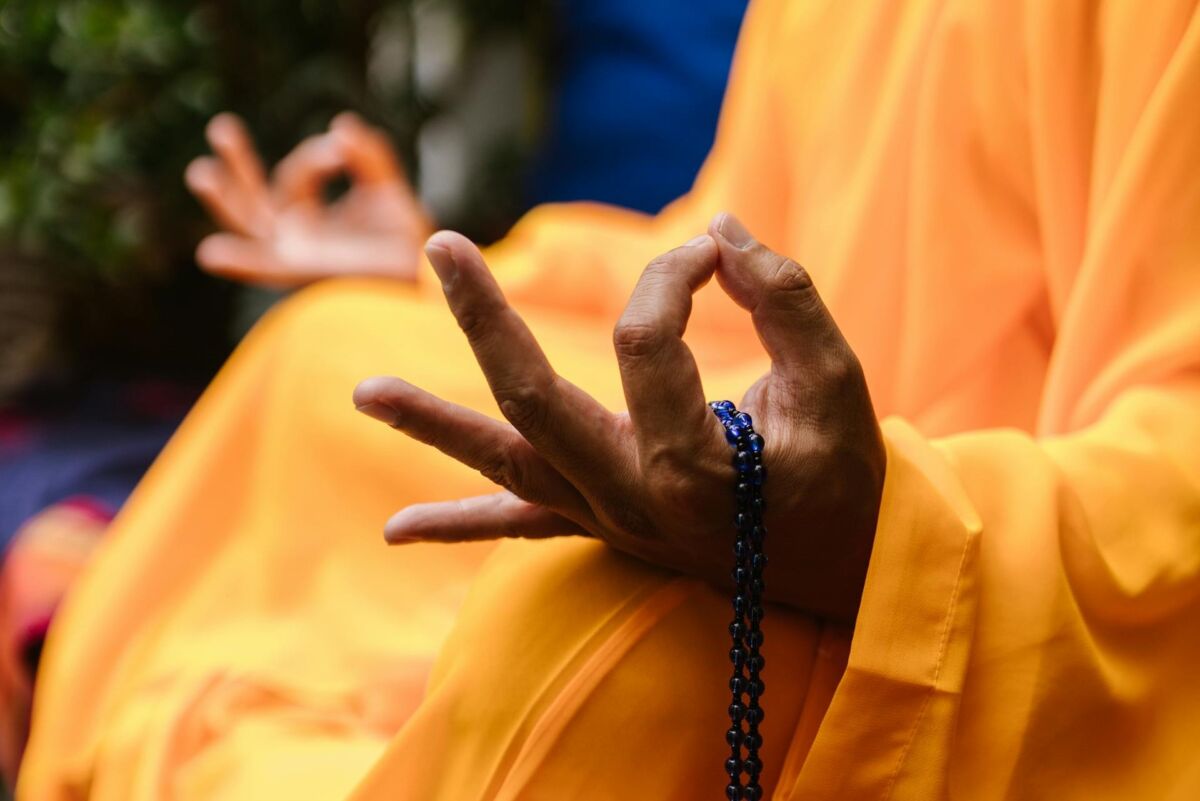Did you know that even your most mundane activities can become opportunities to develop mental clarity?
You can achieve this by engaging in a Buddhist practice known as mindfulness of bodily postures. It revolves around performing even the least significant movement of your body in a conscious and deliberate manner.
Learning how to practice mindfulness of bodily postures is also one of the first steps of Satipatthana, an ancient Buddhist meditation practice used by monks to cultivate mental clarity and achieve Nirvana.

FREE Self-Test: How Spiritual Are You?
In his book, Satipatthana: A Practice Guide, scholar-monk Bhikkhu Analayo writes that mindfulness of the body refers to a form of mindfulness that relates to aspects of the body or to the body as a whole. Then he adds that these two modes are interrelated. Becoming aware of body parts strengthens whole-body awareness, just as awareness of the whole body leads to awareness of its different parts.
He then goes on to explain how this process is interpreted in clinical psychology. In particular, he writes that mindfulness of the body relies on proprioceptive awareness. The term “proprioception” refers to the ability to sense the position of the body and its movements. For example, it allows you to know the position of your body even when your eyes are closed. This felt sense of physical presence provides you with a sense of “here,” while mindfulness keeps you in the “now.” Here’s how it’s practiced by Buddhist monks based on the ancient text Satipatthana Sutta:
When walking, one knows: “I am walking”; or when standing, one knows “I am standing”; or when sitting, one knows: “I am sitting”; or when lying down, one knows: “I am lying down”; or, however the body is disposed, one knows it accordingly.
Analayo warns that the above passage is not about performing any of these postures in a special way, such as doing slow-motion walking meditation, but just about being aware of the postures of the body as they occur naturally. This practice should convey a sense of continuity of awareness of the body combined with clearly knowing its posture. It’s something natural and without artificiality. Instead of interfering with other tasks, such embodied awareness should accompany them.
In everyday life, the natural tendency of our mind is to focus on or to ignore. Awareness of bodily postures can be employed to cultivate a middle path between these two extremes, enabling stability and continuity of mindfulness. Such continuity, notes Analayo, bridges the gap between sitting meditation practice and everyday activities. For meditation practice to truly flourish, formal sitting and everyday life need to evolve into an integrated whole, each supporting the other. With regular practice, you’ll be able to return to the body even amidst the most challenging situations, taking advantage of its centering and balancing potential to remain calm.
About the book’s author: Ven. Bhikkhu Analayo was born in 1962 in Germany, was ordained in 1995 in Sri Lanka, and completed his PhD on satipatthana at the University of Peradeniya in 2000. At present, he is mainly engaged in the practice of meditation, and among other things contributes to the Encyclopaedia of Buddhism. He has authored several books on Buddhist practice, including Satipatthana and Compassion and Emptiness in Early Buddhist Meditation.
Complement with our article on mindfulness of bodily activities and how to practice body scan meditation.

FREE mindfulness resources for stress relief
I’m a freelance writer and mindfulness advocate behind this blog. I started my meditation practice in 2014, and in 2017 I launched this website to share what I learn with others. Here are the three things you can do here:
1. Schedule a free consult if you want to learn Buddhist meditation.
2. Download free mindfulness resources for stress relief
3. Join Patreon for exclusive content and community meetings.

